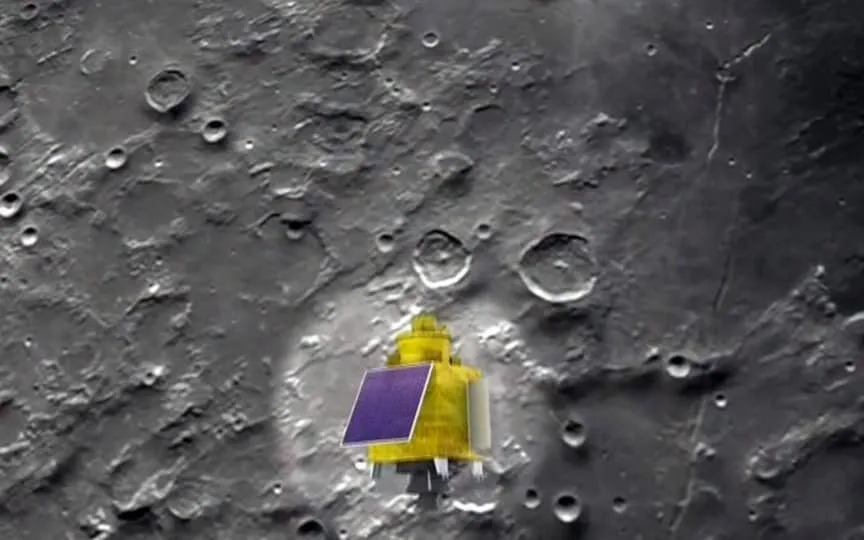Investigating the Reasons Behind the Failure of Pragyan Rover and Vikram Lander to Make an Impact on the Lunar Surface During Chandrayaan-3 Mission
Despite ongoing efforts by ISRO to revive the Chandrayaan-3 mission, specifically the Pragyan Rover and Vikram Lander, scientists have continued their research using the extensive data transmitted from the mission. The primary objectives of Chandrayaan-3 have already been achieved, and now ISRO aims to further enhance the mission by reviving the dormant Vikram Lander and Pragyan Rover, currently inactive on the Lunar surface. There is a glimmer of hope that both will be reactivated in the near future.
In the meantime, ISRO’s focus is on the lunar soil as it can reveal variousa future for a possible human presence in the lunar landscape, ISRO’s focus is on the lunar soil.
Soil on the surface of the moon
ISRO Chairman S Somanath has made a new revelation. According to a report in the Times of India, Somnath said, “The lunar soil does not act as dusty, but it is lumpy.” Why is it important? As we know, the rear wheels of Pragyan Rover are engraved with Indian national emblem and ISRO logo. But the rover was unable to leave a clear imprint of the two on the lunar soil. That’s good news, according to researchers. Somanath further added that there is something that binds the soil and we need to find out what exactly it is.
The soil of the south pole region of the moon can help in the possible discovery of water and eventually human habitation on the surface of the moon.
Pragyan Rover, Vikram Lander: Fate hangs in the balance
In particular, ISRO is trying to communicate with the moon-sleeping rover Pragyan and Vikram lander. However, so far there has been no signal from them, even though the sunshine has returned to the parking lot and should have fully charged their batteries. These key parts of the Chandrayaan-3 mission were put on hibernation in early September because of the long nights on the moon, meaning the moon had no sunlight for 14 days. It is known that both Pragyan and Vikram are solar powered and can be charged only with sunlight.
Now the lunar night is over on the Moon but ISRO has not received any signal from them. As SAC director Nilesh Desai said, the “wake-up” of the lander and rover is “automatic” and cannot be jostled from the ground.
Chandrayaan-3 has already achieved its main objectives, but it will be very useful for further research if Pragyan and Vikram can wake up. Communication with them is still going on and ISRO is hoping that they might wake up soon.




